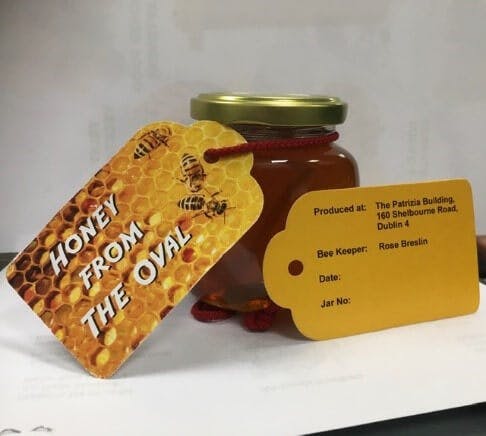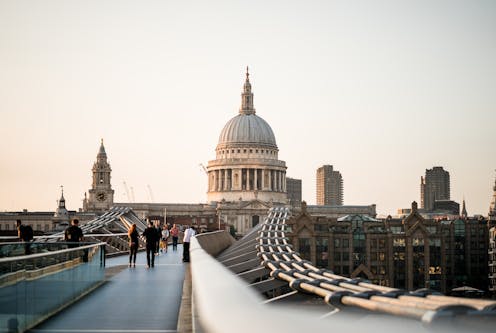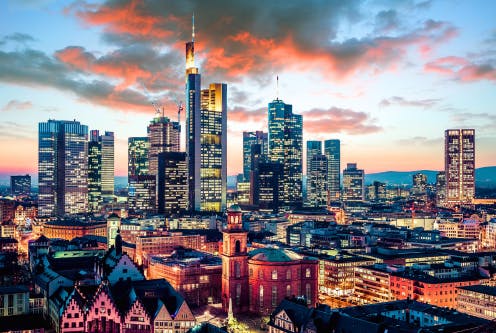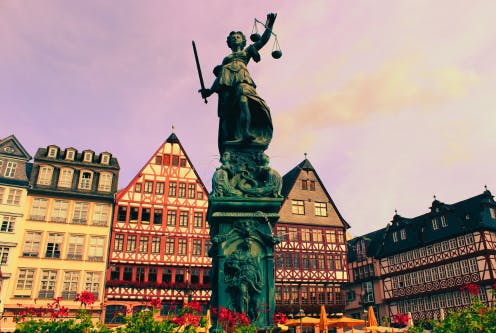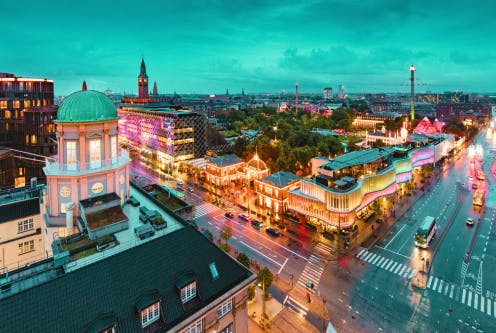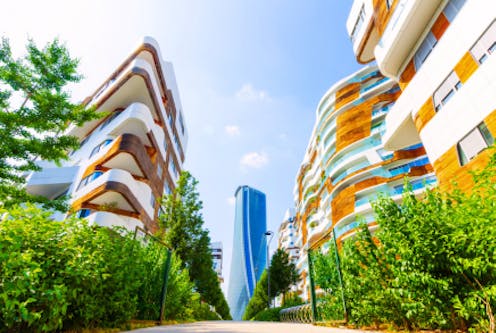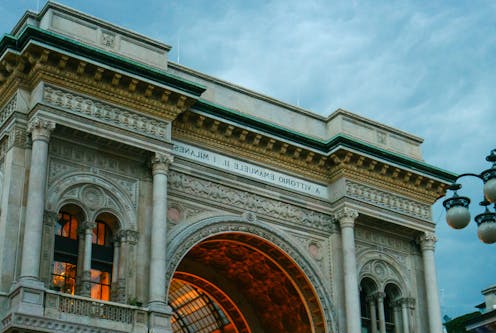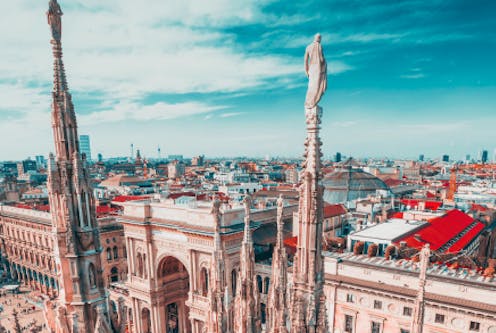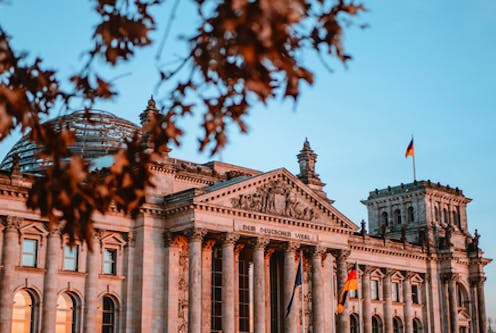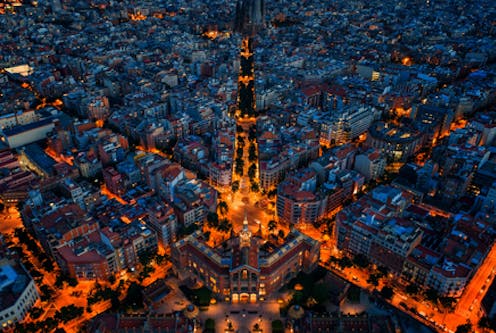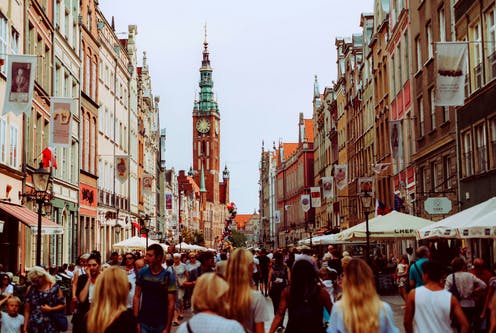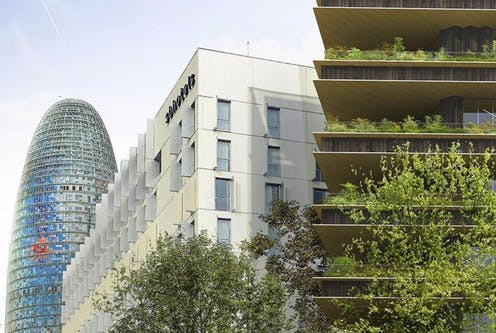The corporate life of bees
Urban beekeeping is a growing trend. In the United Kingdom, hives are found on iconic buildings such as St Paul’s Cathedral in London, the London Stock Exchange, posh grocer Fortnum & Mason and the Scottish parliament building in Edinburgh. In the United States, the Whitney Museum of Modern Art, Harvard University, the Brooklyn Navy Yard, the Minneapolis City Hall and the terraces of the Waldorf-Astoria Hotel all feature beehives. In Paris, the honey produced by the busy bees at the Opéra Garnier have been appreciated by connoisseurs for more than 35 years.
Rose Breslin harvest the first honey for The Oval hive in September 2020:
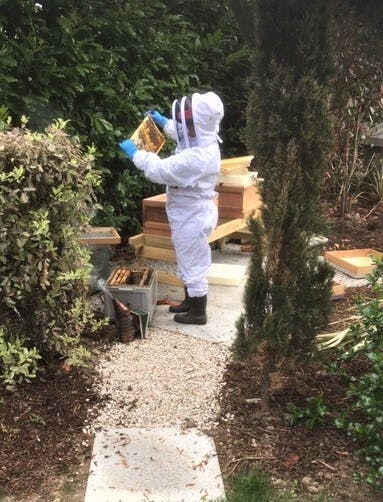
One of the drivers of the trend was the worrying stories a few years back about colony collapse disorder, which sees most worker bees in a colony disappear, and the implications that had for agriculture. The UN calculates that nearly 90% of the world’s wild flowering plant species depend, entirely, or at least in part, on animal pollination, along with more than 75% of the world’s food crops and 35% of global agricultural land.
The looming Beepocalypse inspired many individuals, businesses and governments to install bee populations. But is this good for honeybees?
London, for example, has the highest density bee population of any European city. Kept in the city for over a millennium, initially by monks who used their wax to produce candles, honey and mead, the bee population of the city tripled in the last decade. By 2019, more than 5,500 hives were registered in the city’s gardens and on rooftops with up to as many as ten hives per square kilometre compared to approximately one per kilometre for England as a whole.
This explosion in urban beehive densities has reached a point that there is a concern if Greater London has enough bee-friendly plants to feed the growing populations, which increases competition for pollen among the colonies.
“It is not a concern we faced here at The Oval,” says Ciarán McDonnell. “We had a registered beekeeper advise on our project and she said it was an ideal location because the riverbanks and surrounding flower beds are perfect for bees. There is growth and wilderness and they are not threatened by other animals. There is also a far lower density of urban hives here in Dublin.”





